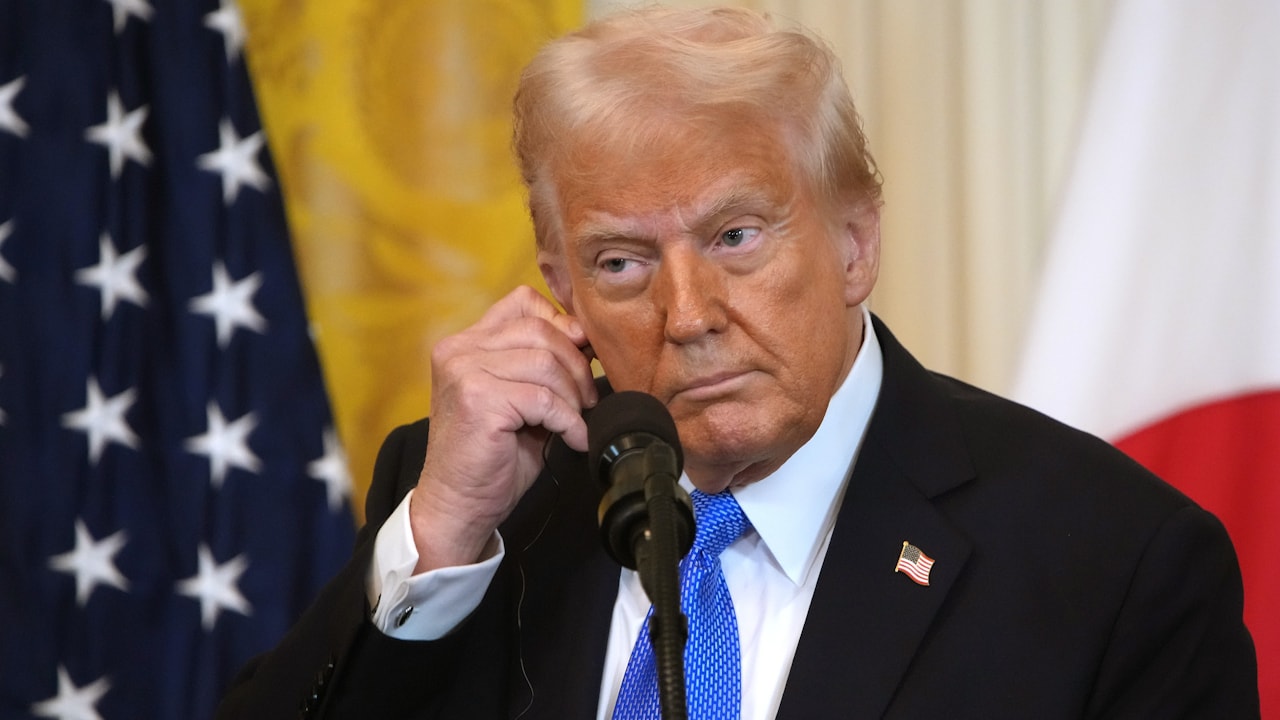India’s foreign policy is under pressure as Trump’s tariffs and global uncertainty test New Delhi’s strategy.
India’s foreign policy has entered a turbulent phase. Recent developments, particularly in relations with the United States, have highlighted both the opportunities and constraints facing New Delhi in an increasingly unpredictable world order.
Scroll to load tweet…
The strain of tariffs and political distrust
Donald Trump’s tariffs have landed heavily on Indian businesses, particularly micro, small and medium enterprises. What began as a commercial dispute has seeped into political trust, shaking the cooperative partnership built over years between New Delhi and Washington. When Trump returned to power in 2024, India was expected to avoid the direct fallout of his confrontational approach. Yet the worst-case scenario of tariffs escalating into a broader issue, has materialized.
This turbulence reflects wider shifts in the international system. The global order that emerged after World War II is undergoing transformation, accelerated by conflict in Eastern Europe and Washington’s internal divisions. One camp in the U.S. continues to back a rules-based order, another dismisses it as wasteful, not allowing others to free ride on American resources. These divisions have intensified uncertainty for partners like India.
The implications for India’s foreign policy are significant. New Delhi must weigh whether to double down on ties with the West or deepen its engagement with the “non-West,” expanding South-South cooperation and advancing its Global South strategy. At the same time, abandoning its role as a North-South bridge could limit India’s long-held aspiration to act as a connector between advanced economies and developing nations.
What emerges is the urgency of reinforcing multialignment. India has always sought partnerships across multiple poles of power, but the current ruffle makes this balancing act more demanding. Strategic ambiguity from Washington dismantles the barrier that once guided U.S. foreign policy, forcing New Delhi into tactical maneuvers while reassessing its grand strategy.

A more resilient approach requires New Delhi to recognize both its growing strengths and its limitations. India’s absolute national power has risen, but global negotiations are always comparative. This means India must pursue new forms of internal and external balancing, positioning itself effectively in the Asian and global economic architecture while navigating trade disputes with the U.S.
Defense remains another critical area. India’s pursuit of self-reliance must be reconciled with ongoing defense imports and joint production initiatives. Becoming a net exporter of defense products will require both innovation and careful selection of partners. In parallel, India must act strategically in emerging sectors such as new technologies, minerals, and energy supply chains, where hard choices await integration, efficiency, and values.
Risks, opportunities, and the test of autonomy
Autonomy has long been the foundation of India’s external engagement. Yet the stress test of recent months shows how fragile that autonomy can be in the face of great power pressures. Choosing sides carries risks, not choosing sides carries others. India’s task is to strike a balance, keeping enough room to maneuver while pursuing peace and stability in a volatile environment.
This is no easy task. The United States and China, despite their spiraling rivalry, are deeply economically interdependent. Yet there are no fresh mechanisms of deterrence, arms limitations, or strategic barriers to prevent conflicts and miscalculations. Such gaps heighten the dangers of the current global situation, and India must adapt within this uncertainty.
Some analysts describe this as a “world between orders,” where the old structures no longer hold, but the new ones have yet to take shape. For India, the opportunity lies in reinforcing its role as a key pole in a multipolar order, while acknowledging that such an outcome is not guaranteed.
The challenge, then, is to pursue resilience through diversification by building new trade arrangements, balancing global partnerships, and maintaining autonomy amid competing pressures. Nothing about this uncertainty will deliver automatic gains or losses. The outcome will be messy, the lines of partnership blurred, and the demands on India’s strategic capability greater than ever.
